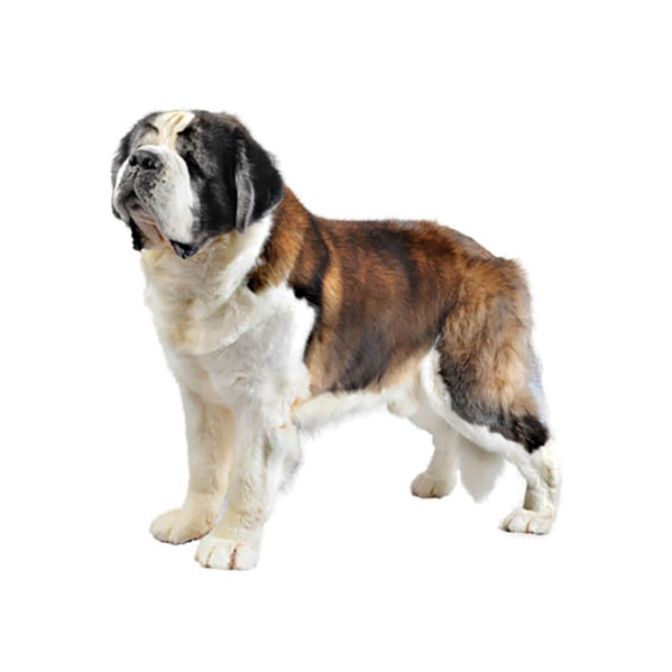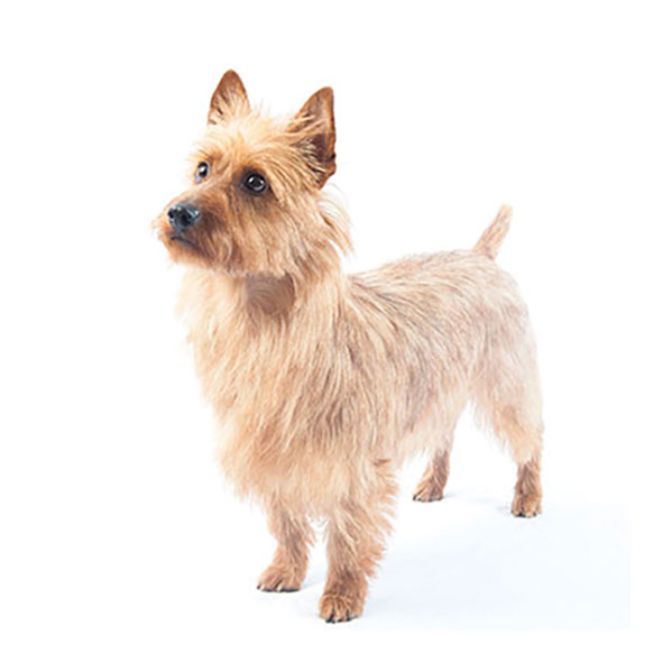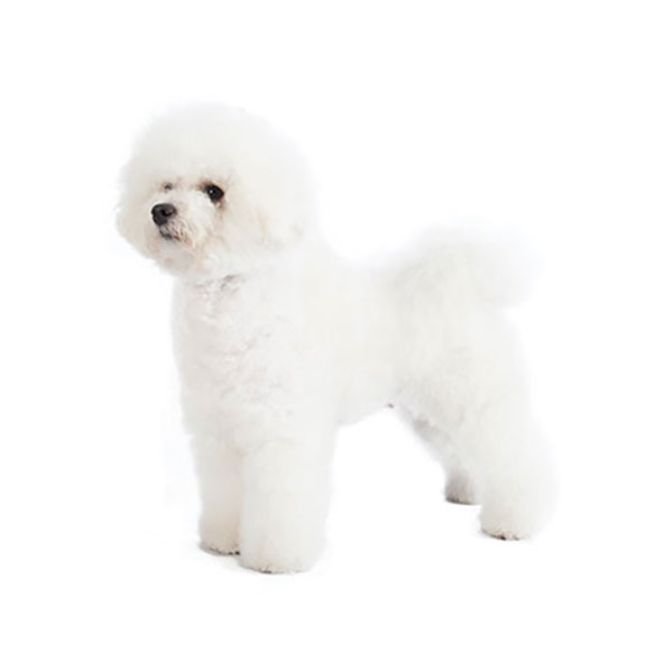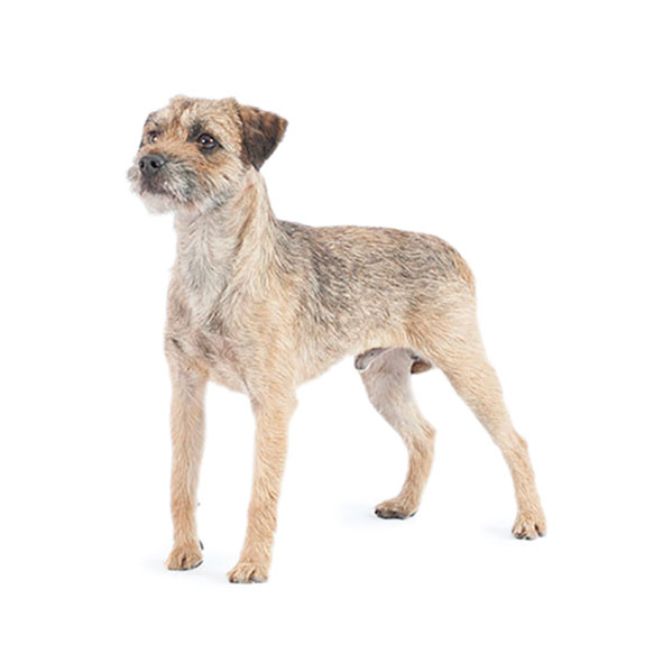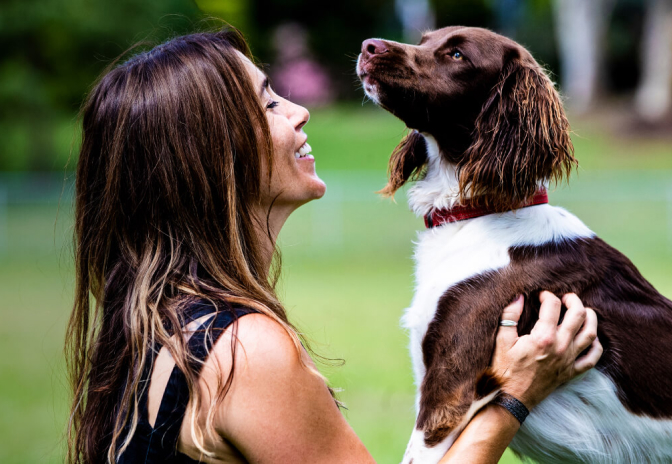St Bernard Dog
Giant
Semi Long
The dog stands at a minimum of 70cm and the bitch at 65cm. There are no upper limits but the tallest recorded is 91cm.
Low
Around 68 to 91 kg
Conformation, Obedience, Cart Pulling, Weight Pulling, Search and Rescue
A 'gentle giant' sums up the character of the St Bernard. They are good-humoured, trustworthy and benign. This is a breed that loves family life and revels in the company of children. They are very loyal dogs who rarely bark but will defend you and your possessions if necessary. They normally accept other household animals with no problems. The breed is not the most extroverted but is a slow, deep thinker.
The very size of St Bernards makes them susceptible to a variety of skeletal and bone-related problems. Hip dysplasia is a very serious problem and parents must be hip scored with good results before any breeding takes place. The eye problems are less serious and hemophilia B and epilepsy, whilst infrequent, have been reported. Care must be taken not to exercise 1-2 h after feeding to avoid gastric dilation & torsion.
Feeding St Bernard puppies takes knowledge, time and money. It is imperative they are given the correct feeding when young to ensure correct growth and development of bones. Advice must be taken from the breeder as diet greatly affects this breed's orthopedic wellbeing. Over-supplementation, along with feeding lesser quality food can result in growth complications.
The breed takes its name from the Hospice of the Great Saint Bernard Pass which was founded in AD980 by St Bernard de Menthon as a refuge for travellers through the dangerous Alpine pass between Switzerland and Italy. By 1707 the overworked monks realised that dogs with their superior noses, strength and weather-resistant coats were better equipped to rescue travellers. They had an in-bred sense of direction which was the key to survival in blizzards which caused humans to become totally lost and disorientated.
Early records have been lost but by 1800, the monks had established their own breeding programme, calling the dogs Alpine Mastiffs. Edwin Landseer painted these dogs on canvas, one entitled, 'Alpine Mastiffs Reanimating a Distressed Traveller' portrayed two dogs standing over a fallen traveller. One of the dogs was baying for help, and the other had the well-known brandy cask around its neck, attempting to revive the man by licking his hand. This famous, though non-existent brandy keg has carried as a symbol through the years.
Tales of great rescues were reported with one of the most famous dogs, Barry, having saved the lives of 40 people. On his 41st mission, the traveller killed the poor dog in a 'fit of cowardly terror'
Around 1810 the breed was often referred to as Barry hounds. In the 1830's many of the dogs were lost due to interbreeding, disease and bad winters causing the monks to outcross the remaining dogs with Newfoundlands, Great Pyrenees and also, it is thought, Great Danes.
This established the St Bernard's breed. Today the breed is still a mascot at the monastery. In 1870 the Reverend J C Macdona, an English owner, brought the breed before the public, making a sensation in America.
In 1877 the first St Bernards' were shown at Westminster Kennel Club and in their catalogue, asking prices for sales of some of the breed reached US$1000. The breed still enjoys tremendous popularity in America, although its numbers in Britain and the Continent remain limited.
The breed was named after Saint Bernard de Menthon, the patron saint of mountaineers and skiers.
